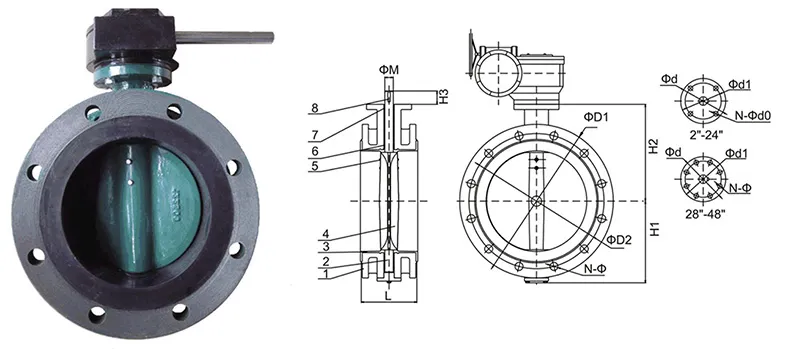10 月 . 19, 2024 14:55 Back to list
lift check valve
Understanding Lift Check Valves Functionality and Applications
In various industrial settings, maintaining the efficiency and safety of fluid systems is paramount. One essential component that plays a critical role in this regard is the lift check valve. This article delves into the functionalities, applications, and advantages of lift check valves, highlighting their importance in fluid control systems.
What is a Lift Check Valve?
A lift check valve is a type of automatic valve that allows fluid to flow in one direction while preventing backflow. This mechanism is crucial in systems where it is necessary to maintain flow integrity and prevent potential disruptions or hazards caused by reverse flow. Lift check valves operate on the principle of buoyancy and gravity, with a movable disk that lifts off the seat when fluid flows in the forward direction. Once the flow ceases or attempts to reverse, the disk returns to its seat, effectively blocking the backflow.
Key Features of Lift Check Valves
1. Design and Construction Lift check valves typically consist of a cylindrical body with a cover that houses the movable disk. They can be constructed from various materials, including brass, stainless steel, and plastic, allowing for use in a wide range of applications and environments.
2. Flow Direction Designed to allow unidirectional flow, lift check valves are installed in such a way that the inlet is positioned below the outlet. This orientation ensures that the valve operates efficiently, allowing fluid to lift the disk off its seat.
3. Port Size and Type Lift check valves come in various sizes and connection types, including threaded, flanged, and welded ends. The choice of port size usually depends on the application and the specific flow requirements of the system.
Applications of Lift Check Valves
Lift check valves find utility across numerous industries due to their reliability and effectiveness. Here are some common applications
1. Water Supply Systems In municipal and industrial water supply networks, lift check valves prevent backflow, ensuring that clean water does not mix with contaminated sources. This application is crucial for maintaining water quality and protecting public health.
lift check valve

2. Pumping Stations These valves are often installed in pumping stations to prevent reverse flow when pumps are turned off or malfunction. This function protects the pump and other downstream equipment from damage.
3. Boiler Systems In steam and hot water boilers, lift check valves help maintain proper flow direction and prevent reverse flow, which could lead to operational inefficiencies or even system failures.
4. HVAC Systems Heating, Ventilation, and Air Conditioning (HVAC) systems utilize lift check valves to maintain the integrity of the fluid flow, ensuring efficient operation and comfort in residential and commercial buildings.
Advantages of Lift Check Valves
1. Reliability Lift check valves are known for their durability and longevity, making them a reliable choice in various applications. Their simple mechanical design means fewer moving parts and lower chances of failure.
2. Low Pressure Drop These valves typically have lower pressure drop characteristics compared to other types of check valves, ensuring minimal impact on overall system efficiency.
3. Automatic Operation Lift check valves operate automatically without the need for external power or control systems. This feature simplifies installation and maintenance, providing an efficient solution for fluid flow management.
4. Versatility With various material options and sizes available, lift check valves can be customized for different applications, making them suitable for diverse industries.
Conclusion
In conclusion, lift check valves are an integral part of fluid control systems across various industries. Their ability to prevent backflow, combined with their reliability and durability, ensures that they play a vital role in maintaining the efficiency and safety of operations. As industries continue to evolve, the demand for effective fluid management solutions like lift check valves will remain significant. Understanding their functionality and applications is essential for anyone involved in the design, operation, or maintenance of fluid systems.
Share
-
Understanding the Differences Between Wafer Type Butterfly Valve and Lugged Butterfly ValveNewsOct.25,2024
-
The Efficiency of Wafer Type Butterfly Valve and Lugged Butterfly ValveNewsOct.25,2024
-
The Ultimate Guide to Industrial Swing Check Valve: Performance, Installation, and MaintenanceNewsOct.25,2024
-
Superior Performance with Industrial Swing Check Valve: The Essential Valve for Any SystemNewsOct.25,2024
-
Industrial Swing Check Valve: The Ideal Solution for Flow ControlNewsOct.25,2024
-
You Need to Know About Industrial Swing Check Valve: Functionality, Scope, and PerformanceNewsOct.25,2024